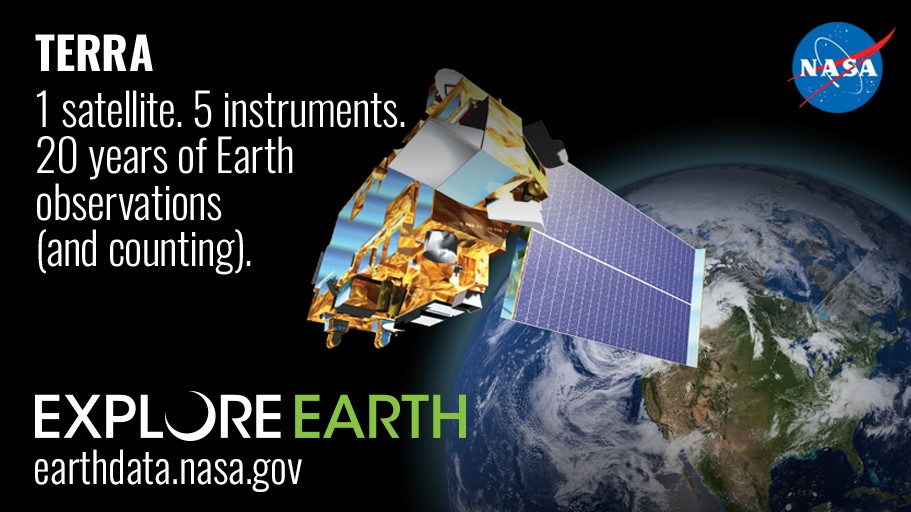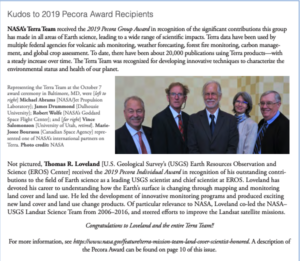
What do you get when you have an Earth observing satellite mission that collects science-quality data from five instruments for more than 20 years? You get groundbreaking science, more than 20,000 peer-reviewed publications, and a critical understanding of how our planet works. In other words, you get NASA’s Terra mission. Read about how the instruments aboard NASA’s flagship Earth observing mission are compiling a monumental climate data record and what this means for you in “Terra: Five Instruments—One Monumental Data Record,” now available on NASA’s Earthdata website.



